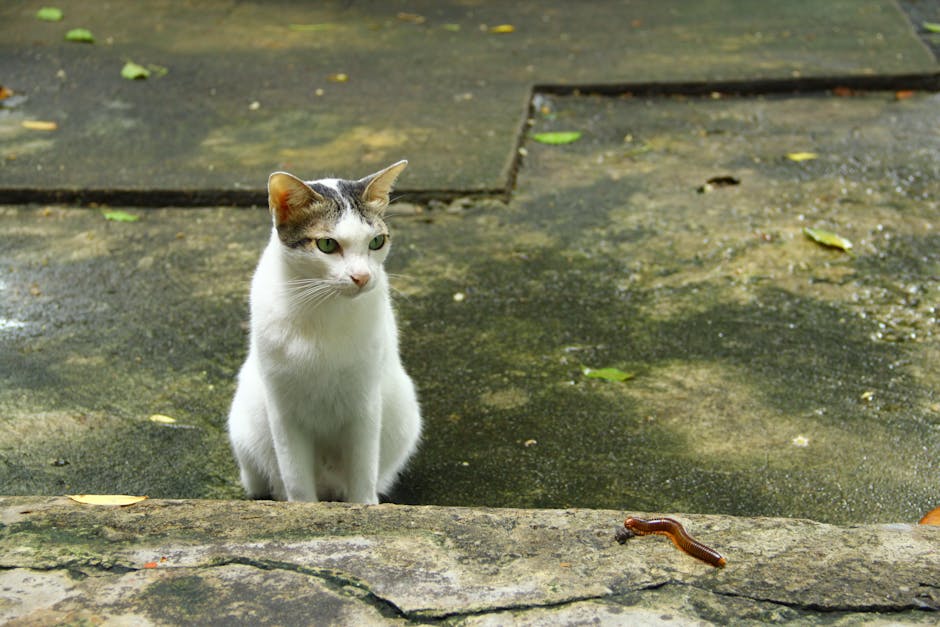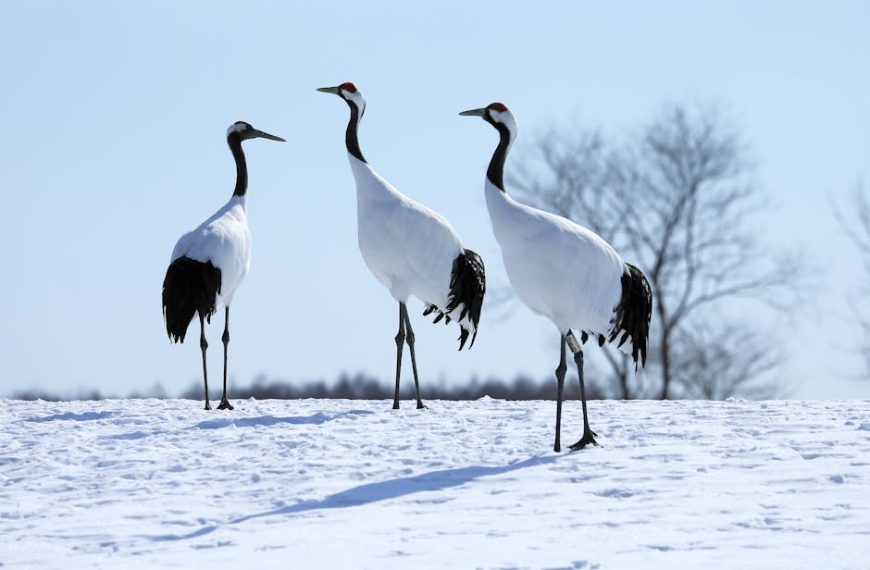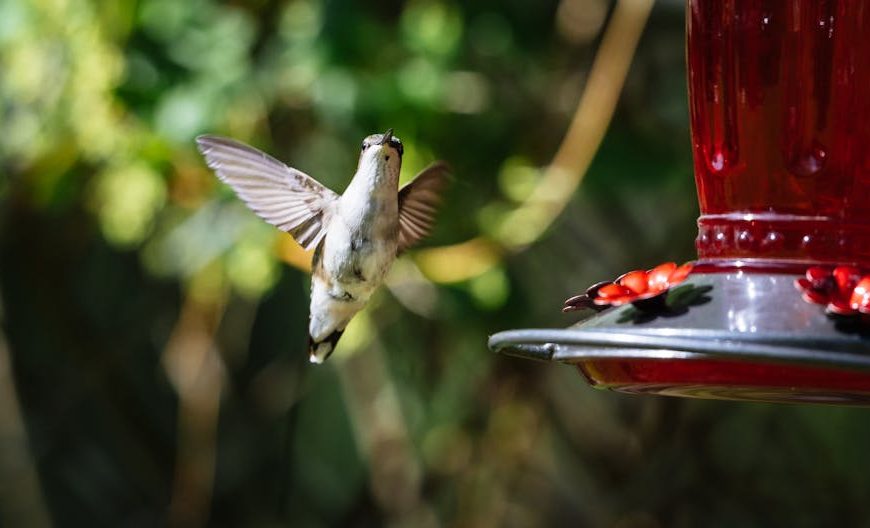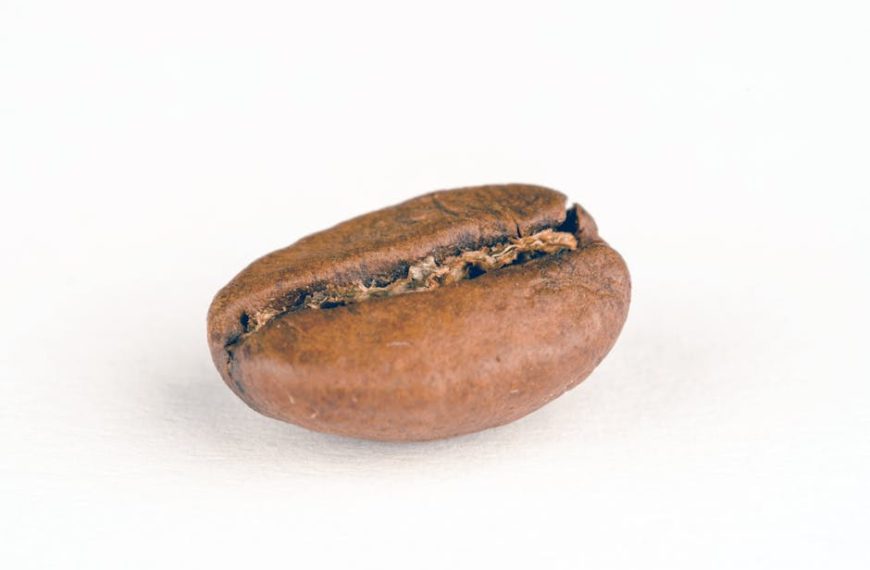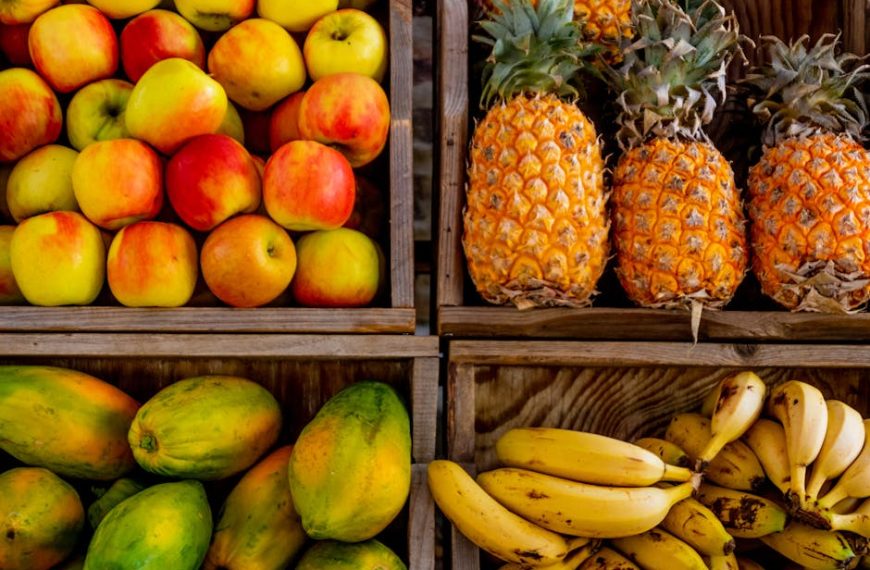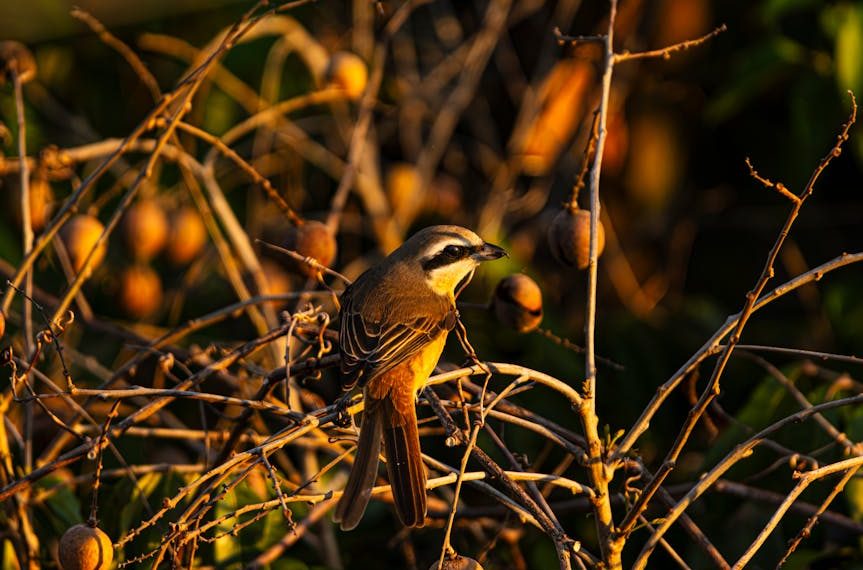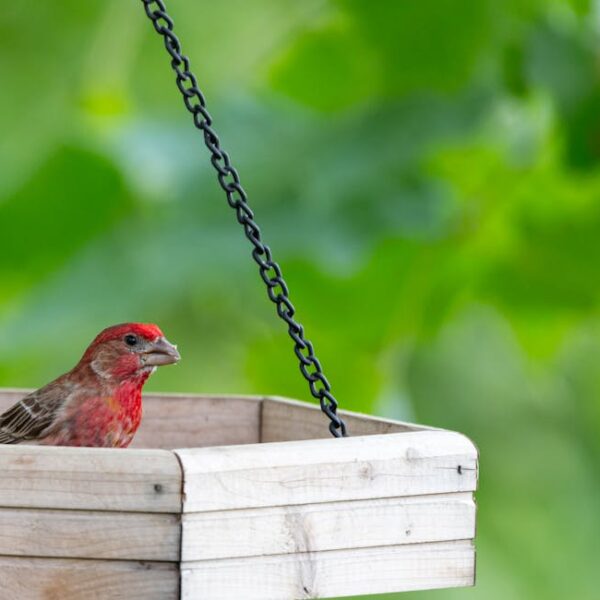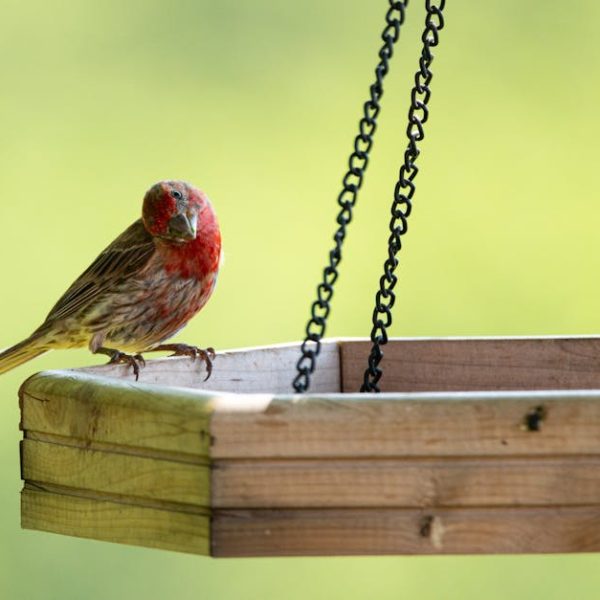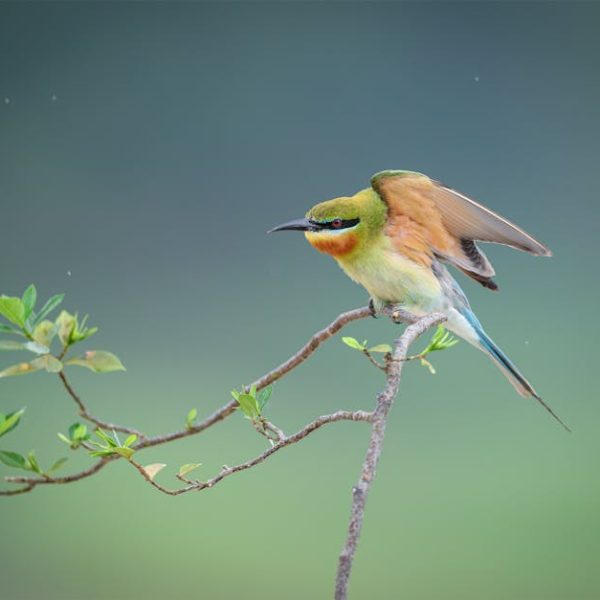If you thought birds were the primary consumers of worms, you’re thought wrong. The world teems with a variety of organisms that rely on worms for sustenance. From common mammals to cold-blooded reptiles, amphibians, and even other invertebrates, worms play an integral part in the diets of many creatures. This article will journey through the world of these worm-eating species, discussing their nutritional importance, their role in food chains and ecosystems, and the distinctive behavioral and biological patterns attributed to their diet.
Understanding Worms as a Nutritious Source
Worms, despite their simplicity and often overlooked nature, are powerhouses of nutrition, providing essential proteins, vitamins, and minerals. These humble creatures hold immense nutritional content, making them highly appealing to a myriad of species.
- Earthworms, for instance, are replete with protein and low in fat, making them an excellent dietary component for protein-needy creatures.
- Nematodes, another worm variety, are known for their rich vitamins and minerals, all beneficial to the health of other animals.
Understanding the nutritional value that these species harbor empowers you to admire the diverse ecological roles they play, far beyond simply squiggling in the soil.
The Role of Worms in the Food Chain
Worms serve as a crucial link in the food chain, connecting the worlds of plants, decomposing matter, and larger predators. As detrivores, they occupy an essential ecological niche, breaking down organic matter and turning it into fertile soil, making them invaluable to the health and productivity of ecosystems.
They serve as an efficient energy transfer link; by consuming decaying matter and algae and then becoming a meal for others, they facilitate the flow of energy through the ecosystem.
Mammals That Eat Worms
The mammalian class of worms consumers is diverse, extending to both wild and domesticated species. The likes of moles, badgers, and hedgehogs are infamous for their worm-eating habits. These highly adapted mammals have developed perceptive senses and digging abilities to seek out their wormy meals.
- The mole, for one, is a voracious worm eater. Using their sensitive snout, they can locate and consume up to 50 worms a day!
- The hedgehog and badger, too, play an important part in consuming worms. Their nocturnal habits ensure they can feast on worms when they emerge at night.
Observing these worm-eating mammals can offer great insights into their lifestyle and hunting strategies. Whether it’s the sniff-and-dig tactics of the mole or the nighttime foraging of the hedgehog, witnessing these behaviors first-hand is nothing short of fascinating.
Amphibians and Reptiles That Feed on Worms
From nimble frogs to swift lizards, amphibians, and reptiles, rely heavily on worms for sustenance. These creatures, equipped with special morphological features, exploit worms as a staple food source.
- The common frog, for example, uses its specialized tongue anatomy to capture worms quickly.
- Lizards, similarly, leverage their agile bodies and swift predatory instincts to feed on worms.
Understanding their eating habits can be crucial in conserving these species and their habitats, driving a broader appreciation for the intricate web of life that worms support.
Other Invertebrates That Consume Worms
Often overlooked in discussions of predation, various invertebrates—from insects to spiders—prey upon worms as an integral part of their diet. The consumption of worms by these creatures impacts their lifecycle, including their growth, reproduction, and overall survival.
- Certain species of beetles and centipedes, for example, are known to target worms as their primary food source. These invertebrates are typically known for their aggressive hunting strategies and voracious appetites.
- Spiders, perhaps surprisingly, also eat worms. Several species of ground-dwelling spiders hunt worms, making use of their potent venom and agile hunting skills.
When it comes to identifying such worm-eating invertebrates, pay attention to specific behavior patterns and physical descriptions. Look for ground-dwelling creatures, often in moist environments conducive to worm activity.
As we near the end of our journey through the world of worm-eating creatures, it’s crucial to remember that while these dietary practices may seem unusual to us, for these creatures, eating worms is just a part of their survival. Worms provide an essential source of nourishment for a multitude of species, reinforcing the interconnectedness of life on this diverse planet.
Pro Tip:
Look for signs of worm activity such as worm castings or tunnels in the soil to increase your chances of discovering a worm-eating creature in action.
From mammals to reptiles and even spiders, our appreciation for how worms fit into the food chain deepens. Not only is their nutritional value substantial for many creatures but their role in the ecosystem is vital—proving once again just how intricate, complex, and delicately balanced our natural world is.
Conclusion
While we may not always consider worms to be more than garden helpers, these creatures are a pillar supporting layers of life above them in the food chain. Whether it’s the small insect or the larger mammalian predator, many species benefit directly from worm consumption. As you appreciate the wide range of creatures who count on worms for nutrients, keep in mind how each is part of the bigger ecological picture. Even the tiniest creatures contribute to the world’s rich biodiversity in their own profound way.
We encourage you to start your own adventure, observing and appreciating the unique dietary habits of these fascinating creatures. Happy exploring!
Key Takeaway:
- Worms are a valuable nutritional source for various species, including wild and domestic mammals, amphibians, reptiles, and other invertebrates.
- Mammals, such as moles, badgers, and hedgehogs, use their natural abilities to locate and consume worms.
- Worms are of particular importance in amphibians and reptiles’ diet, with species like frogs and lizards specifically adapted to eat them.
- Spiders along with certain beetles and centipedes fall under invertebrates consuming worms as a part of their diet.
- Worms play a crucial part in the ecosystem, making the world a sanctuary of rich biodiversity.
Whether you’re observing in your backyard or the wild, remember each creature plays an essential part in the ecosystem—right down to the lowly worm. Experiencing this interconnection firsthand can deepen appreciation for our world’s incredible biodiversity. Happy exploring!
#### FAQs
Q: Can I introduce worms in my garden to attract more wildlife?
A: Absolutely! Introducing or encouraging worms in your garden could attract diverse fauna like birds, frogs, or even beneficial insect species.
Q: Are certain types of worms more nutritious for animals?
A: Different worm types do have varying nutrient profiles. For instance, earthworms are protein-rich and low in fat, making them a favored dietary component for many creatures.
Q: How could worm population depletion or over-consumption affect an ecosystem?
A: Worms are important detritivores, recycling nutrients and improving soil health. Over-exploitation could disrupt this, negatively affecting plant vitality and organisms that depend on worms for nourishment.
Q: How do I spot a worm-eating creature in the wild?
A: Look for signs of worm activity such as castings or tunneling, as this could indicate the presence of worm-eating creatures. Observing at dusk or dawn may also increase your chances.
Q: Are worms harmful to pets or animals?
A: Generally, worms are not harmful. However, certain parasites can pose risks to pets. Always ensure your animals receive proper veterinary care and management.
Please share this article if you found it insightful and don’t forget to explore more content on our website.
